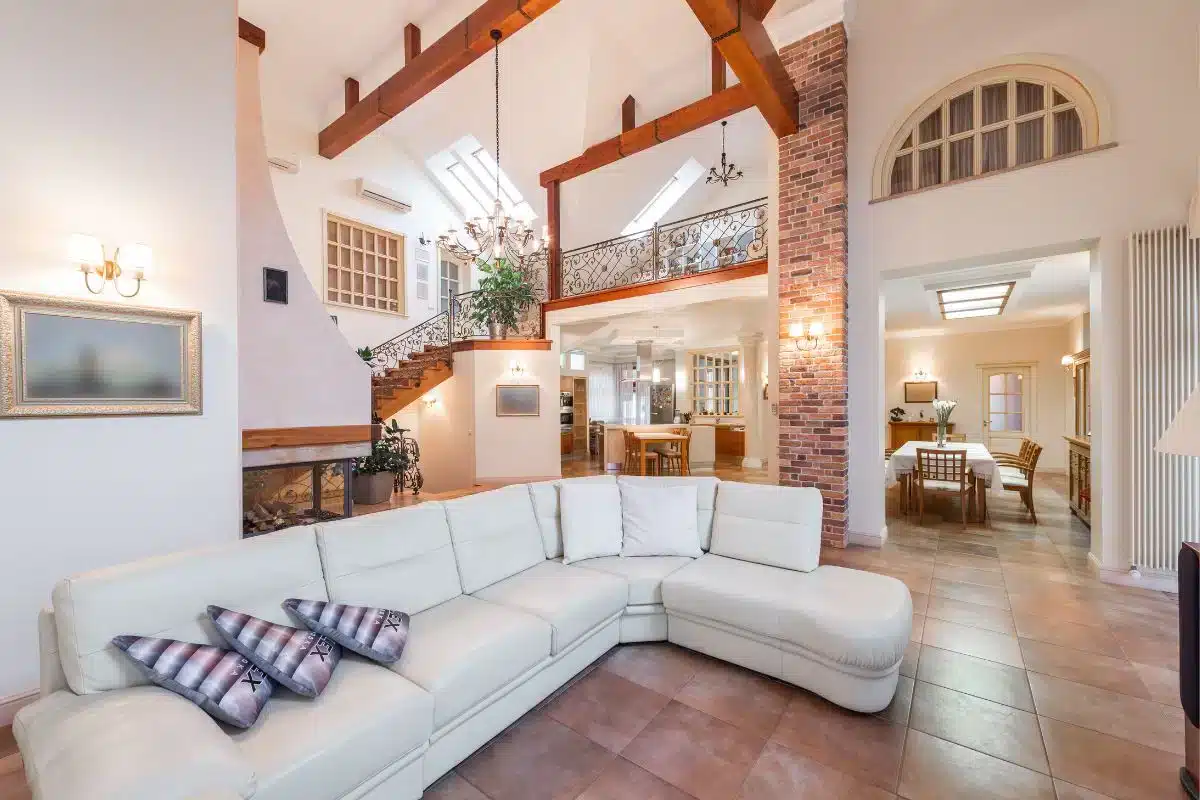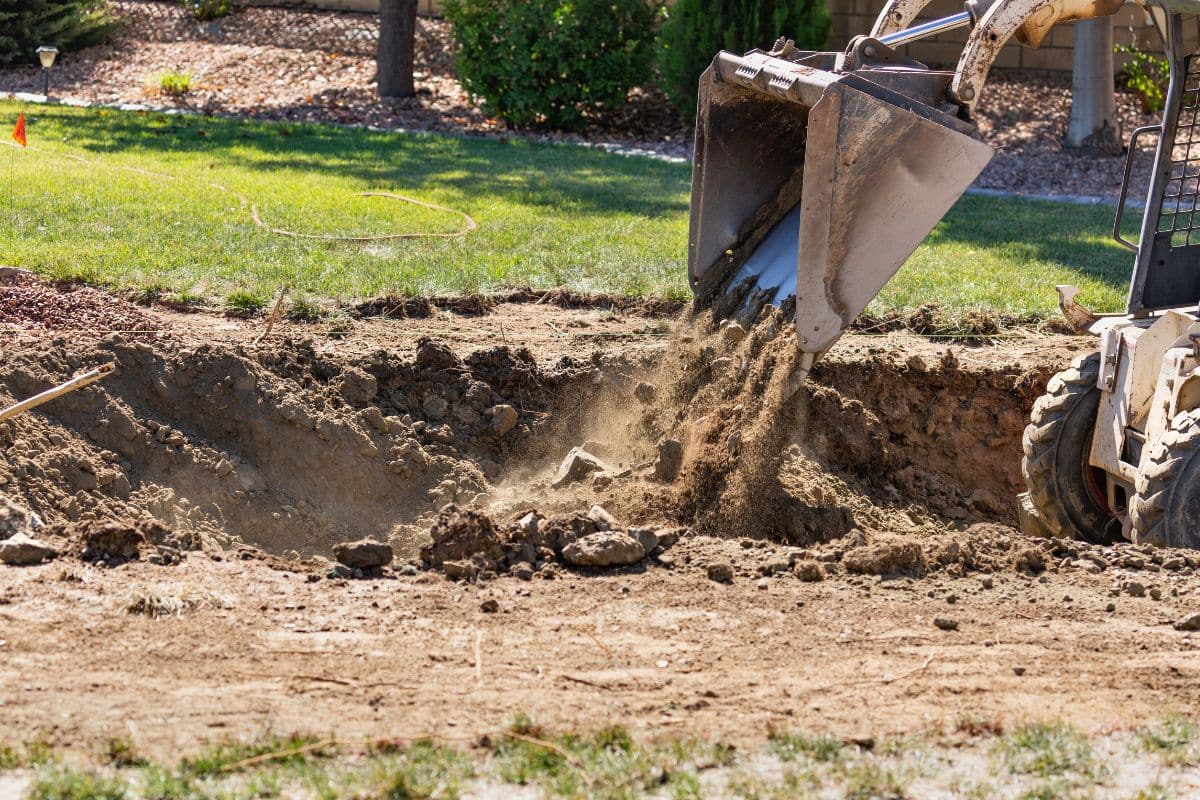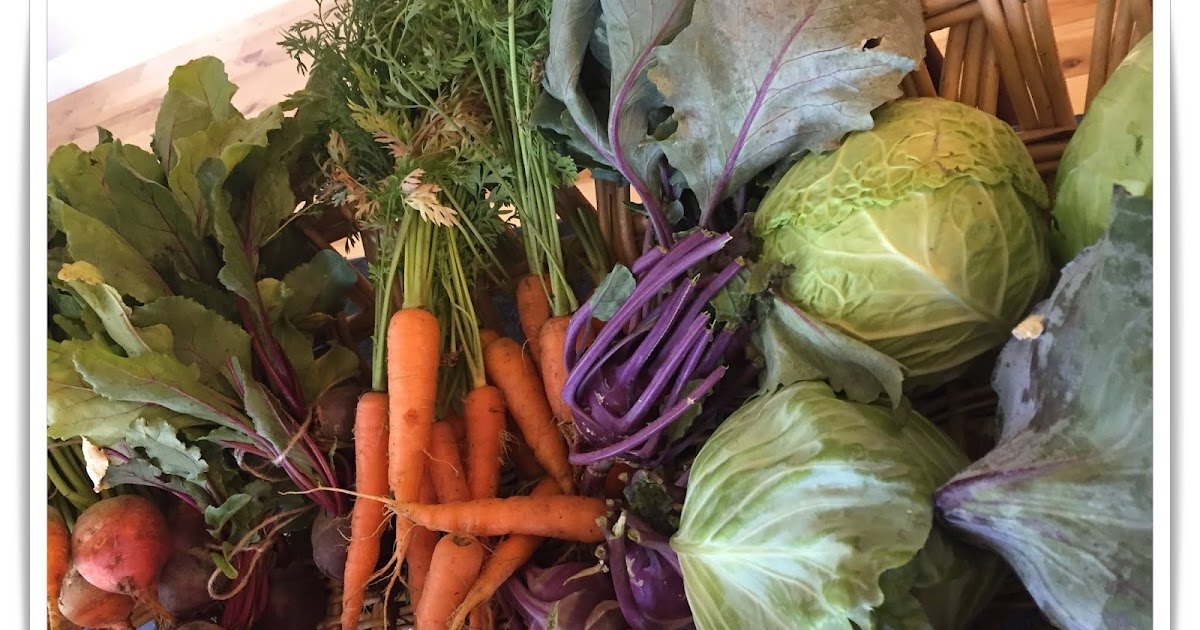The rustic wooden tables that once occupied farmhouse kitchens across rural communities have experienced an extraordinary renaissance in contemporary interior design. These substantial pieces, frequently discarded during mid-century modernization efforts, now command impressive prices reaching $2,000 in today’s vintage furniture market. The transformation from unwanted relics to coveted statement pieces reflects shifting attitudes toward authentic craftsmanship and sustainable home furnishing choices.
The remarkable journey from farmhouse to luxury market
Decades ago, families modernizing their homes routinely relegated these hefty wooden tables to barns or donated them to charity organizations. The clean lines and mass-produced furniture of the 1960s and 1970s made these traditional pieces seem outdated and cumbersome. Many homeowners embraced sleek dining sets from department stores, viewing farm tables as symbols of an antiquated lifestyle.
Today’s collectors recognize the exceptional value embedded in these authentic pieces. Premium examples crafted from solid hardwoods like oak, maple, or cherry wood showcase construction techniques that modern manufacturers rarely employ. Hand-cut mortise and tenon joints demonstrate the skill of artisans who built furniture to last generations rather than decades.
The market transformation has been particularly dramatic for larger specimens capable of accommodating extended families. Tables measuring eight to ten feet in length now attract serious collectors willing to invest substantially in these centerpiece items. Their substantial presence creates an immediate focal point in modern dining spaces, much like how compact furniture solutions transform small spaces with thoughtful design.
Regional provenance significantly influences pricing structures within this specialized market. Tables originating from areas with strong woodworking traditions command premium valuations, particularly pieces with documented history or distinctive regional characteristics that authenticate their origins.
Design versatility drives contemporary demand
The adaptability of vintage farm tables explains much of their current popularity among interior designers and homeowners. These pieces transition seamlessly between contrasting aesthetic approaches, anchoring both minimalist contemporary settings and traditional country-style interiors with equal effectiveness.
Modern staging techniques frequently pair weathered farm tables with sleek upholstered chairs or industrial-style seating, creating dynamic visual contrasts that highlight both elements. This flexibility allows homeowners to update their dining spaces without replacing the substantial table investment, making these pieces particularly attractive for those who enjoy refreshing their decor periodically.
The authentic patina and natural wear patterns on genuine antique tables provide textural interest that manufactured distressing techniques cannot replicate. Each scratch, stain, and mark tells a story of family gatherings, holiday preparations, and daily life that resonates with buyers seeking meaningful connections to the past. Like discovering hidden contract dangers when purchasing property abroad, understanding these authentic markers helps buyers make informed decisions.
The substantial construction of farm tables offers practical advantages beyond aesthetic appeal. Their robust frames easily support heavy serving dishes, elaborate centerpieces, and the weight of multiple diners leaning on their surfaces during extended meals and conversations.
Practical considerations for acquiring authentic pieces
Successful farm table hunting requires understanding key evaluation criteria that separate valuable pieces from common reproductions. Experienced collectors examine construction details, wood species, and aging patterns to authenticate potential purchases and assess their investment potential.
Several acquisition strategies offer different advantages depending on budget constraints and timeline preferences :
- Specialized online platforms like vintage furniture marketplaces provide curated selections with detailed provenance information
- Estate sales and auctions offer opportunities for discovering undervalued pieces before they reach mainstream markets
- Antique dealer networks provide expert authentication and restoration services for serious collectors
- Flea markets and barn sales appeal to treasure hunters willing to invest time in thorough searches
Professional restoration services can breathe new life into deteriorated specimens while preserving their historical character. Skilled craftsmen understand appropriate techniques for cleaning, repairing, and refinishing these pieces without compromising their authenticity or market value.
Storage considerations become particularly important for collectors, similar to how proper storage locations preserve food quality. Climate-controlled environments protect wooden furniture from moisture damage and temperature fluctuations that can cause cracking or warping over time.
Investment potential and long-term value
The appreciation trajectory for quality farm tables suggests continued growth in this specialized market segment. As awareness of their historical significance increases and supply diminishes through natural attrition, prices for exceptional examples continue climbing steadily.
Sustainability consciousness among modern consumers drives much of this demand growth. Purchasing restored antique furniture aligns with environmental values while providing superior construction quality compared to mass-produced alternatives. These pieces represent responsible consumption choices that support traditional craftsmanship preservation.
Family heirloom potential adds another dimension to farm table ownership. Unlike contemporary furniture with limited lifespan expectations, properly maintained antique tables can serve multiple generations while potentially appreciating in value. This legacy aspect appeals to buyers considering their purchases as investments in family history rather than temporary furnishing solutions.
The cultural shift toward slower living and authentic experiences positions farm tables perfectly within current lifestyle trends. Their presence encourages longer meal times, family conversations, and social gatherings that align with growing desires to disconnect from digital distractions. Understanding preservation techniques becomes as important as knowing simple tricks to prevent serious household problems during extended absences.










